We all want to be the best pet parents we can be, yet sometimes our best intentions miss the mark. Whether it’s the way you walk your dog or the meals you serve your cat, there are plenty of surprising missteps you might be making without knowing it. It’s easy to fall into certain habits, especially when we think we’re doing what’s “best” for our furry friends. So, let’s get candid and explore some common pet-parenting blunders that could use a little fine-tuning. Here are 14 things you might be doing wrong—and how to fix them.
1. Overfeeding Your Pet

You may think you’re showing love through extra scoops of kibble, but overfeeding is a common mistake that can lead to obesity and health problems. According to the Association for Pet Obesity Prevention, over 50% of dogs and cats in the U.S. are overweight. It’s not just about the extra weight; obesity can contribute to diabetes, arthritis, and even reduce your pet’s lifespan. The key is to understand your pet’s nutritional needs, which vary by age, breed, and activity level. Consult your vet for tailored advice and stick to recommended portion sizes.
Beyond health issues, overfeeding can also affect your pet’s behavior. Overweight pets might be less active, which can lead to a cycle of inactivity and more weight gain. This inactivity can also affect their mental well-being, leading to boredom and destructive behaviors. Instead of reaching for treats, consider alternative reward systems like playtime or affection. Remember, love doesn’t always have to come from food.
2. Skipping Vet Visits

It’s easy to postpone vet appointments, especially when your pet seems healthy. However, skipping regular check-ups is a gamble that could have serious consequences. Routine vet visits are crucial for early detection of health issues that might not be visible. Vaccinations, dental checks, and screenings are essential for preventing diseases and keeping your pet in top shape. Make it a priority to schedule and keep these appointments—your pet’s health is worth it.
Apart from health check-ups, regular vet visits strengthen the bond you and your pet have with your veterinarian. Veterinarians can offer valuable advice on behavior, diet, and general well-being. Building a rapport with your vet can make future visits less stressful for your pet. It also ensures that you have a trusted advisor to consult in case of emergencies. Don’t overlook the importance of these professional relationships.
3. Neglecting To Give Them Social Stimulation

Socialization is vital for your pet’s emotional and psychological well-being, yet it’s often overlooked. According to Dr. Sophia Yin, a renowned veterinarian and animal behaviorist, early socialization can significantly impact a pet’s behavior later in life. Dogs and cats need to be exposed to different environments, people, and other animals to grow up well-adjusted. Without socialization, pets may develop anxiety, fear, or aggression. Make an effort to introduce new experiences carefully and positively to help your pet thrive.
Socialization is not just for puppies and kittens; older pets can benefit too. Activities like dog parks, pet-friendly events, and training classes offer opportunities for social interactions. The goal is to create positive experiences, so take it slow and respect your pet’s comfort level. Socialization can also include desensitizing pets to household noises or car rides. By making an effort to socialize your pet, you’re investing in a happier, more balanced life for them.
4. Ignoring Dental Health
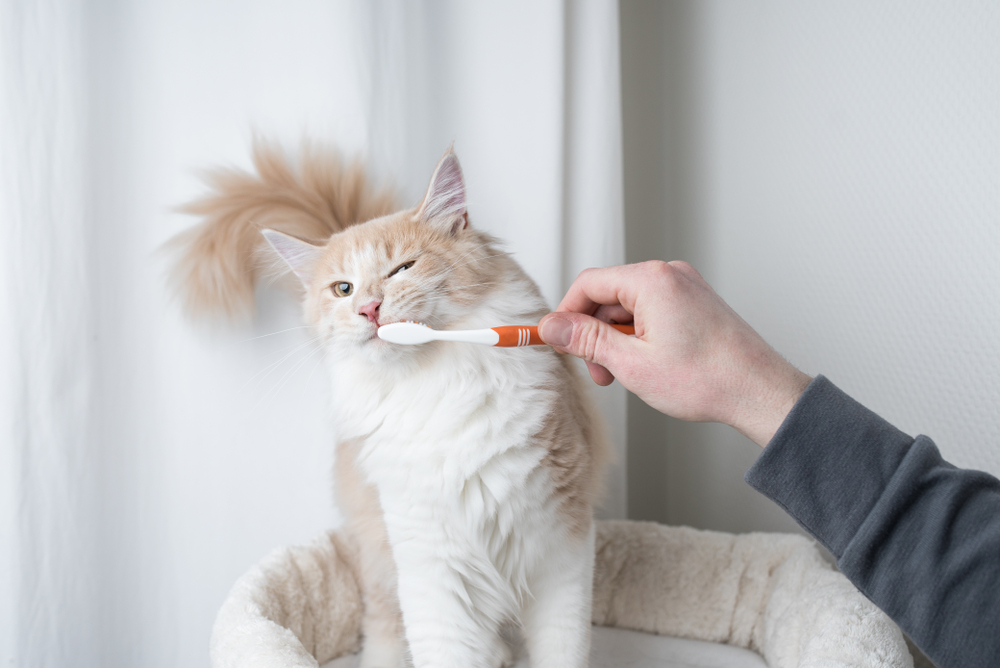
Dental health is often an afterthought until symptoms like bad breath or tooth decay become noticeable. Many people underestimate the importance of oral hygiene for their pets, but it’s crucial for their overall health. Gum disease can lead to more serious issues like heart and kidney problems. Regular brushing, dental treats, and vet cleanings can help maintain your pet’s dental health. Prioritize oral care as part of your pet’s routine to prevent future complications.
Neglecting dental care can also affect your pet’s quality of life. Pain from dental issues can make it difficult for them to eat, leading to nutritional deficiencies. The discomfort can also cause behavioral changes, like irritability or lethargy. Early intervention is key, as dental problems can progress quickly. Make it a habit to check your pet’s teeth and gums regularly and consult your vet if you notice anything unusual.
5. Overlooking Mental Stimulation
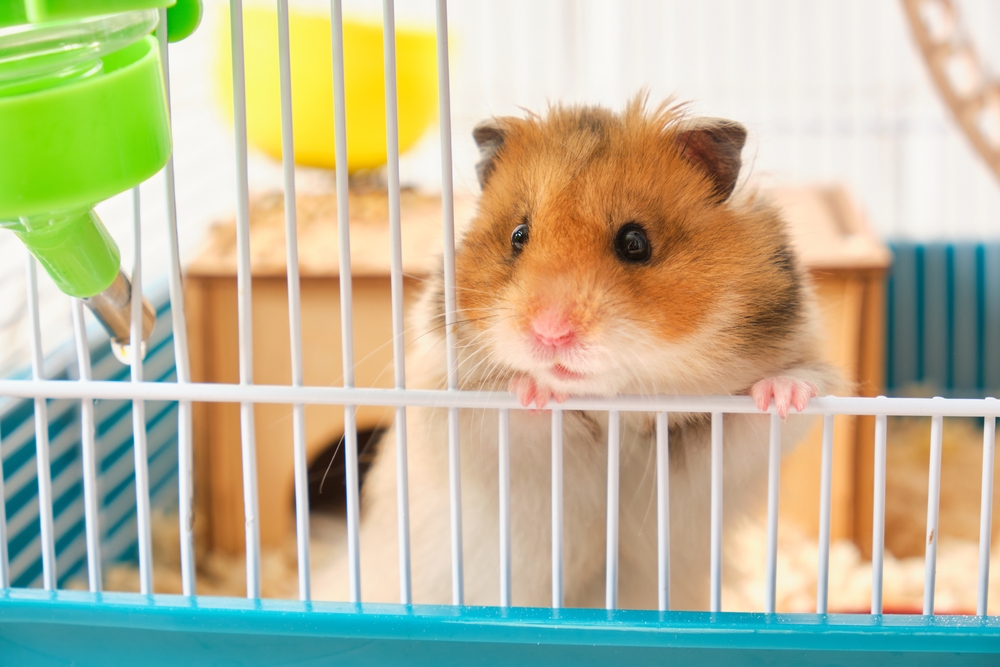
Your pet needs mental exercise just as much as physical activity, yet mental stimulation is often neglected. According to the ASPCA, boredom can lead to destructive behaviors like chewing or digging. Providing toys, puzzles, and training exercises can help keep your pet’s mind engaged. Interactive play is crucial for their cognitive development and emotional well-being. Don’t underestimate the power of a good brain workout for your furry friend.
Mental stimulation can also strengthen the bond between you and your pet. Engaging in activities like hide-and-seek or learning new tricks builds trust and communication. It’s an excellent way to keep your pet entertained while nurturing their intelligence. A mentally stimulated pet is often happier and more well-behaved. Making an effort to challenge your pet’s mind can go a long way toward improving their overall quality of life.
6. Engaging In Inconsistent Training

Consistency is key when it comes to training your pet, but many people unknowingly send mixed signals. If you allow certain behaviors sometimes but not others, it can confuse your pet. Consistency helps establish clear expectations and strengthens the training process. Make sure everyone in your household is on the same page when it comes to commands and rules. This way, your pet knows exactly what’s expected of them at all times.
Inconsistent training can also prolong the learning process. A lack of routine can lead to frustration for both you and your pet. Successful training requires commitment and patience, but it ultimately results in a well-mannered companion. Using the same cues and rewards consistently reinforces desired behaviors. Invest time in consistent training to foster a harmonious relationship with your pet.
7. Ignoring Your Pet’s Body Language

Your pet communicates through their body language, yet it’s easy to overlook these cues if you’re not paying attention. According to Dr. Patricia McConnell, an expert in animal behavior, understanding body language is crucial for a healthy human-animal relationship. Pets express discomfort, fear, and happiness through their posture, tail, ears, and eyes. Misinterpreting these signals can lead to stress or even aggression in your pet. Learning to read and respond to their body language can improve communication and strengthen your bond.
Ignoring these cues can result in misunderstandings and accidents. For example, a wagging tail doesn’t always mean a dog is happy; it can also signal anxiety or excitement. Paying attention to your pet’s body language can help prevent negative interactions, especially around unfamiliar people or animals. It allows you to intervene before situations escalate. By being attentive and responsive, you create a more trusting and secure environment for your pet.
8. Using Harsh Discipline

Disciplining a pet can be tricky, but harsh methods often do more harm than good. Yelling or using physical punishment can create fear and anxiety in your pet. Fear-based discipline can damage the trust between you and your pet, leading to further behavioral issues. Positive reinforcement is a more effective approach, rewarding good behavior rather than punishing the bad. This method encourages learning and strengthens your relationship over time.
Harsh discipline can also make training sessions counterproductive. When a pet associates training with fear, it becomes difficult for them to focus and learn. Instead, use patience and consistency to guide your pet toward desirable behaviors. Reward systems, like treats or praise, are powerful tools in shaping behavior. By choosing positive reinforcement, you create a supportive environment where your pet feels safe and motivated to learn.
9. Failing to Exercise Them Enough
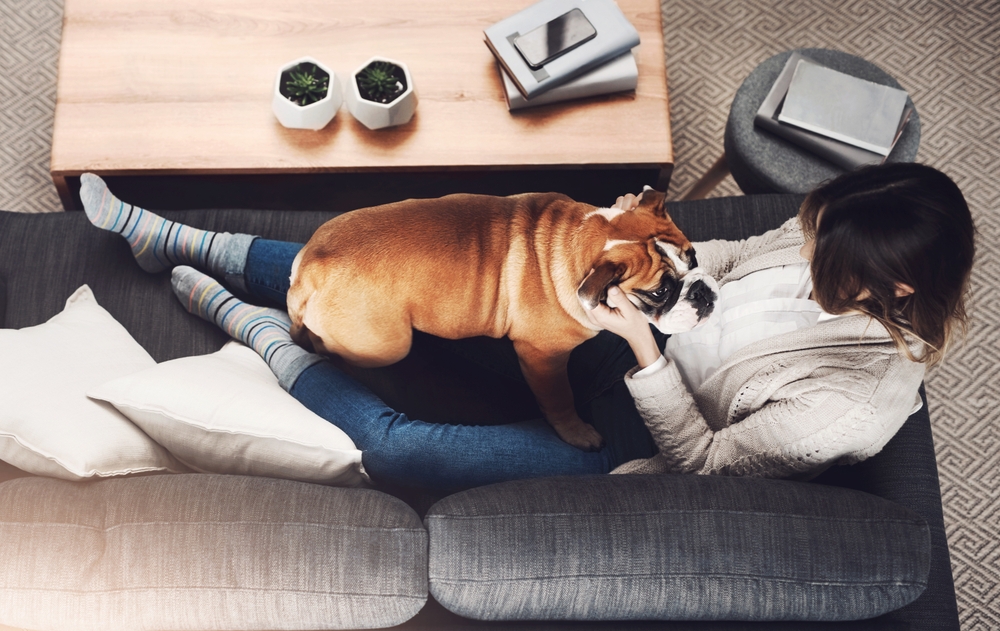
Exercise is crucial for your pet’s physical health, yet many pets are not getting the activity they need. Busy schedules often mean exercise takes a back seat, but this can lead to obesity and related health issues. Regular exercise helps maintain a healthy weight and supports cardiovascular health. It also serves as a natural outlet for energy that might otherwise turn into destructive behavior. Make time for daily walks, play sessions, or other activities to keep your pet fit and happy.
Beyond physical benefits, exercise is essential for your pet’s mental health. Activity stimulates the mind and reduces stress, contributing to a balanced and content life. A well-exercised pet is usually less anxious and better behaved. Consider integrating new activities to keep things exciting, like agility training or swimming. Ensuring your pet gets enough exercise can significantly enhance their quality of life.
10. Neglecting Grooming Needs
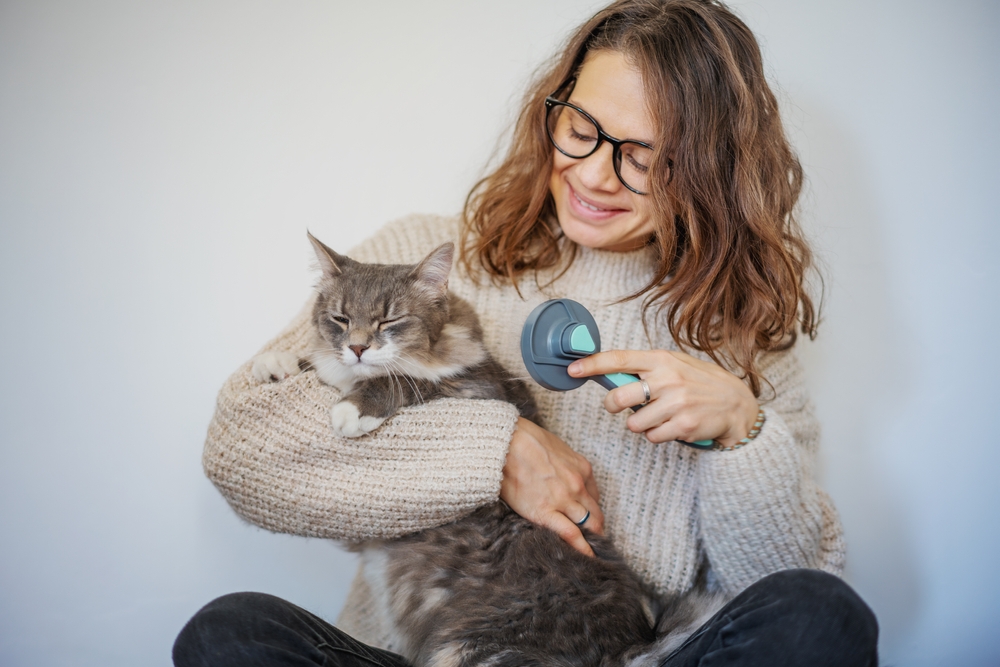
Grooming is not just about keeping your pet looking good; it’s a vital part of their overall health. Regular grooming sessions help maintain skin health, reduce shedding, and prevent matting. Neglecting these needs can lead to discomfort, skin infections, and other health issues. Make grooming a routine that includes brushing, nail trimming, and bathing as needed. Consult your vet or a professional groomer for tips tailored to your pet’s specific coat type.
Grooming is also an excellent opportunity to check for any unusual lumps, fleas, or skin irritations. Catching these issues early can prevent more serious problems down the line. Regular grooming sessions can strengthen the bond between you and your pet, offering a chance for positive interaction. It also helps acclimate your pet to being handled, making vet visits less stressful. Prioritize grooming to ensure your pet stays healthy and comfortable.
11. Leaving Pets Alone for Too Long

Everyone has busy lives, but leaving your pet alone for extended periods can lead to loneliness and anxiety. Pets are social creatures that thrive on interaction and companionship. Long hours alone can contribute to behavioral problems like separation anxiety or destructive actions. Consider options like doggy daycare or hiring a pet sitter if your schedule keeps you away. Ensuring your pet has company can make a significant difference in their happiness and well-being.
If daycare or pet sitters aren’t feasible, focus on quality time when you’re home. Engage in play sessions, walks, or even just cuddle time to make up for your pet’s lonely hours. Consider setting up a pet camera to check in and interact with your pet when you’re away. Enrichment toys or puzzles can also keep them mentally engaged during your absence. The key is to balance your pet’s alone time with meaningful interaction and companionship.
12. Not Taking Weather Precautions
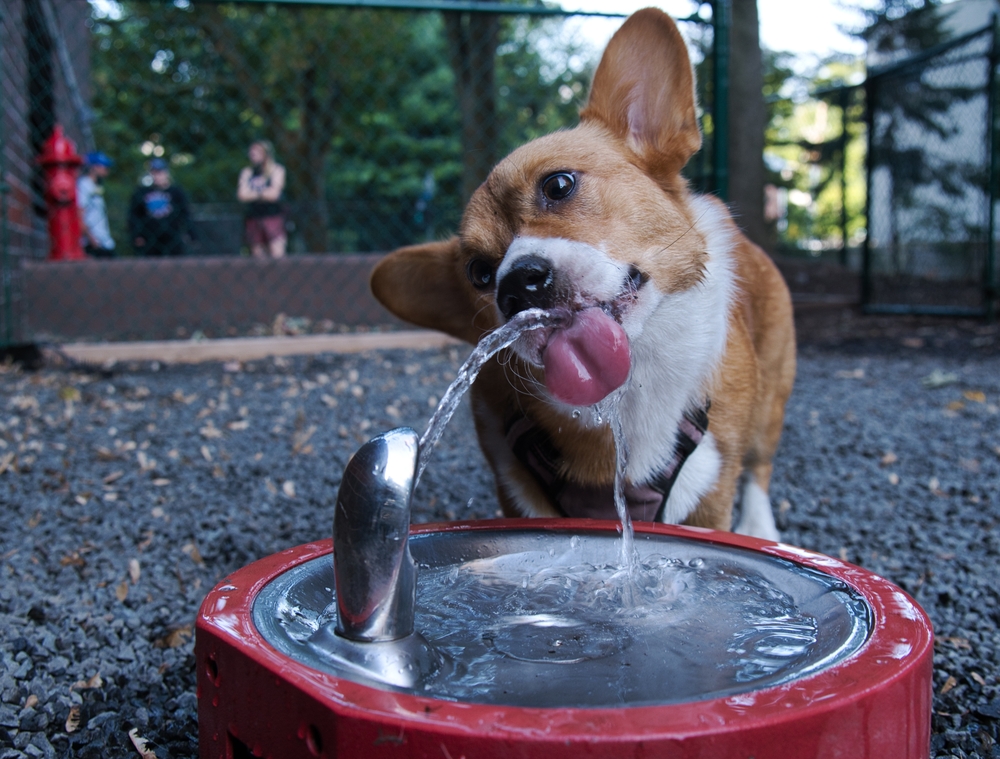
Weather can affect your pet just as much as it affects you, yet it’s often ignored. Extreme temperatures pose risks like heatstroke or hypothermia, depending on the season. Always consider weather conditions before taking your pet outside, and make necessary adjustments. Provide plenty of water, shade, or even pet-safe sunscreen during hot days. In colder weather, jackets or boots can help keep your pet warm and comfortable.
Even indoor pets need weather considerations. Changes in humidity or temperature can affect their skin and coat health. Ensure your home environment is comfortable year-round by adjusting heating or cooling systems as needed. Be mindful of hot surfaces like pavement in summer, which can burn your pet’s paws. Taking simple precautions based on the weather can ensure your pet stays safe and healthy no matter the season.
13. Using Human Products on Pets
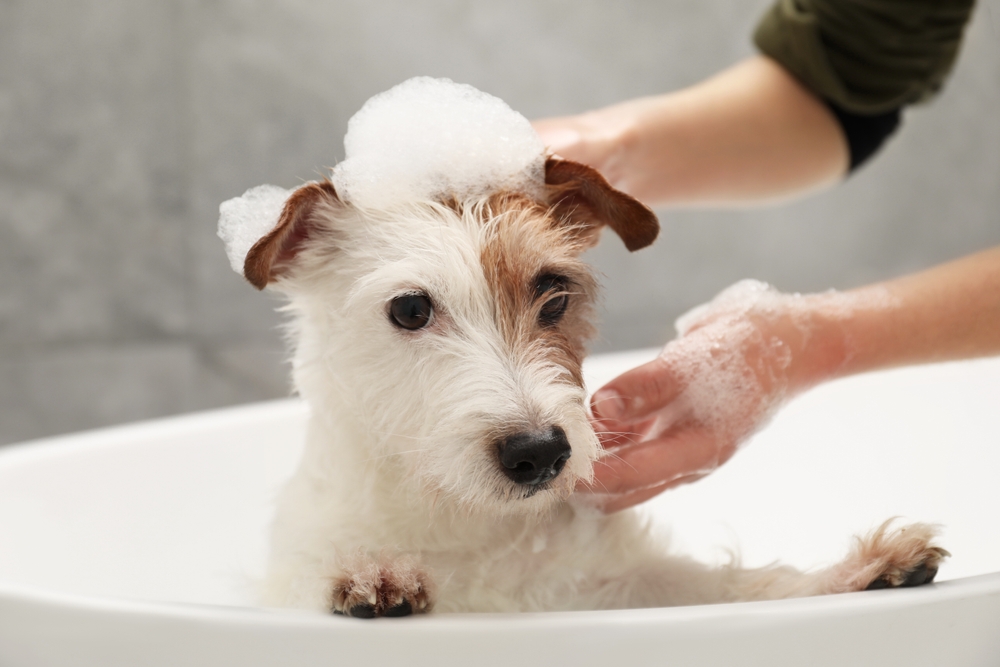
It’s tempting to use human products on pets, but this can be a costly mistake. Human shampoos, lotions, or medications are formulated differently and can be harmful to pets. Pets have different pH levels and skin sensitivities, making them vulnerable to reactions. Always use products specifically designed for pets to avoid unnecessary health risks. When in doubt, consult your vet before trying new products on your pet.
Using human products can also result in ineffective treatments. For example, human toothpaste won’t effectively clean your pet’s teeth and can even be toxic. Pets require specialized care that accounts for their unique biology and needs. Invest in quality pet products to ensure your furry friend gets the care they deserve. By choosing the right products, you protect your pet’s health and well-being.
14. Not Setting Boundaries
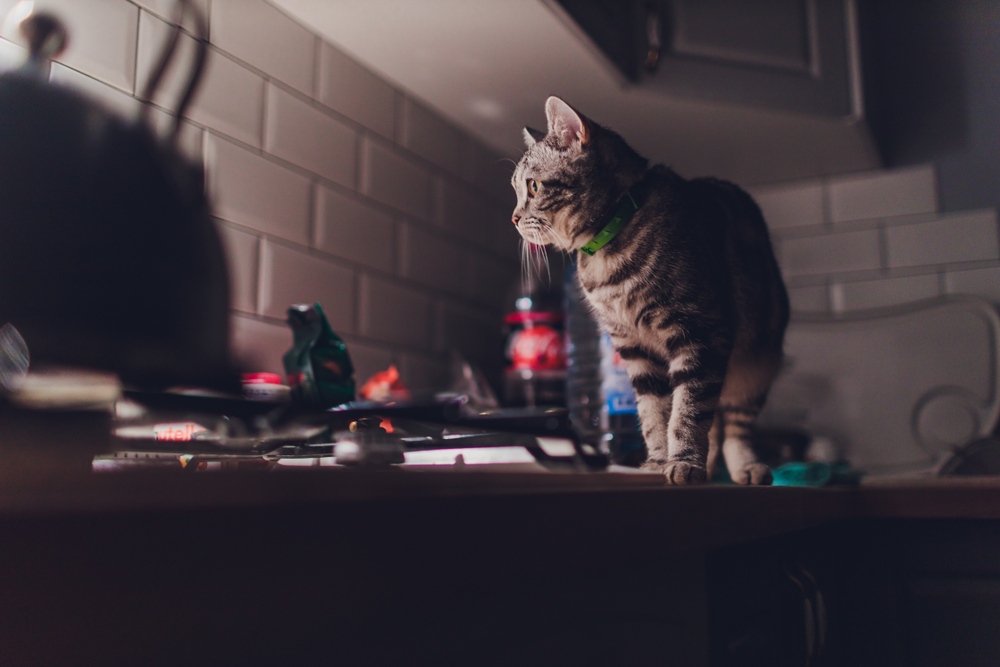
Setting boundaries is crucial for a balanced relationship with your pet, yet many pet parents struggle with this. Without clear boundaries, pets might develop bad habits or become overbearing. Boundaries help define acceptable behaviors and create a harmonious living environment. Use positive reinforcement to teach and maintain these boundaries consistently. This not only makes life easier for you but also provides your pet with a sense of security and structure.
Boundaries can include anything from staying off furniture to designated feeding times. It’s important to establish these rules early on and stick to them for consistency. A well-behaved pet understands their role in the household, reducing stress for everyone. Keep in mind that setting boundaries is not about being strict but about creating a balanced relationship. Clear expectations can lead to a more fulfilling relationship with your pet.
